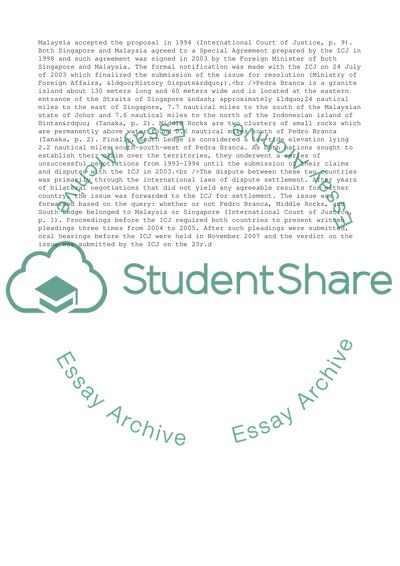Cite this document
(Maritime Business: Pedra Branca and South Ledge Dispute Term Paper Example | Topics and Well Written Essays - 1500 words, n.d.)
Maritime Business: Pedra Branca and South Ledge Dispute Term Paper Example | Topics and Well Written Essays - 1500 words. https://studentshare.org/business/1738990-maritime-business-management
Maritime Business: Pedra Branca and South Ledge Dispute Term Paper Example | Topics and Well Written Essays - 1500 words. https://studentshare.org/business/1738990-maritime-business-management
(Maritime Business: Pedra Branca and South Ledge Dispute Term Paper Example | Topics and Well Written Essays - 1500 Words)
Maritime Business: Pedra Branca and South Ledge Dispute Term Paper Example | Topics and Well Written Essays - 1500 Words. https://studentshare.org/business/1738990-maritime-business-management.
Maritime Business: Pedra Branca and South Ledge Dispute Term Paper Example | Topics and Well Written Essays - 1500 Words. https://studentshare.org/business/1738990-maritime-business-management.
“Maritime Business: Pedra Branca and South Ledge Dispute Term Paper Example | Topics and Well Written Essays - 1500 Words”. https://studentshare.org/business/1738990-maritime-business-management.


